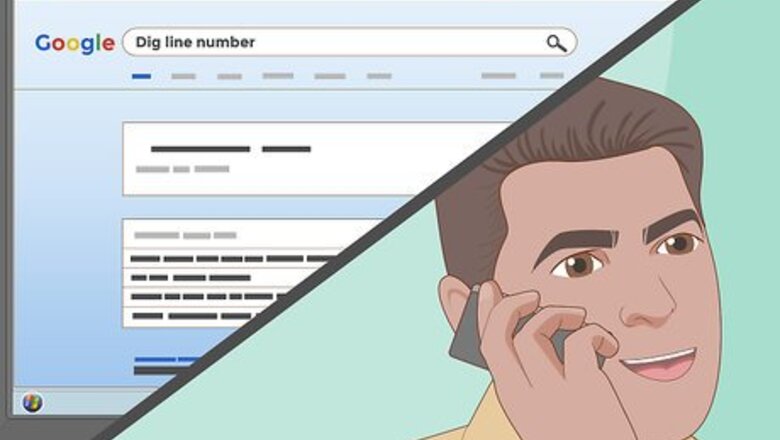
views
Planning and Digging the Pond
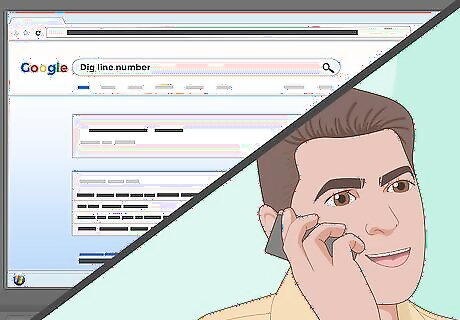
Call the dig line before you start planning your pond. Knowing the location of underground utilities is essential so you can plan to put your pond in an area away from electrical and water lines. Use a search engine to find the dig line number for your area. Alternatively, contact your electricity or gas provider to get information.
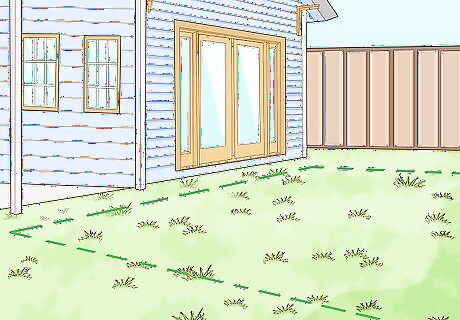
Choose a location for the pond that is accessible and away from trees. Pick the location in your backyard where you would like the pond to go. You may want the pond to be visible from a window or a deck. Try to keep the pond away from play areas of small children or pets, and avoid large trees as this can block sunlight from reaching the pond. Choose a spot for the pond where it will get sun and shade throughout the day. Sun is necessary to keep the pond healthy, but too much means that algae could overgrow.
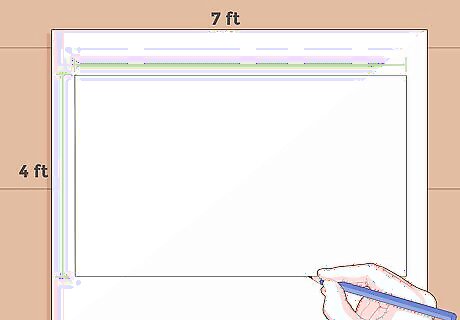
Plan a pond that is a minimum of 7 by 4 ft (2.1 by 1.2 m). It's important to make the pond at least this big in order to keep the water clean. Plan a pond that is larger in size if you want a more elaborate design, as it all depends on how you want your pond to look and what it will be used for. Large and elaborate ponds can be over 300 sq ft (28 m).
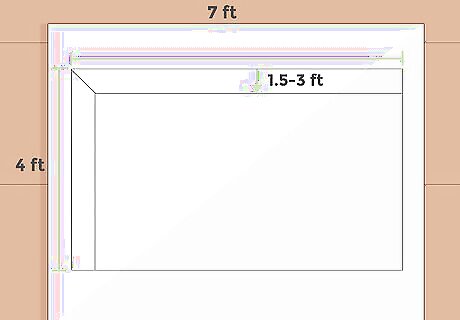
Make the pond a minimum of 1.5 ft (0.46 m) deep. The depth of your pond depends on how you are planning to use it. To have aquatic plants and goldfish in the pond, approximately 1.5–2 ft (0.46–0.61 m) deep is adequate. For a koi pond, you will need a depth of at least 3 ft (0.91 m). Deeper ponds are able to maintain more consistent temperature ranges. This is ideal if you are wanting fish.
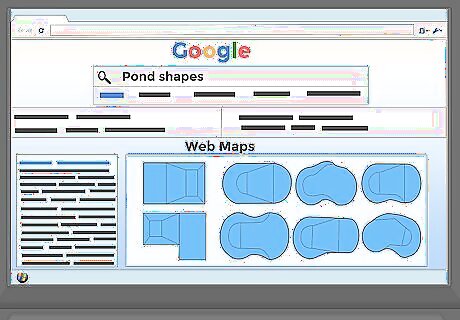
Choose a pond shape with rounded corners. Once you have decided on the measurements for your pond, pick the shape that you would like it to be. Choose a shape with rounded corners to make the pond look natural and avoid elaborate shapes as these can be difficult to construct. If you need, mark out the shape on the ground first to experiment with different designs. Use rope, a hose, or spray paint. This will also provide a guideline when it comes to digging the pond.
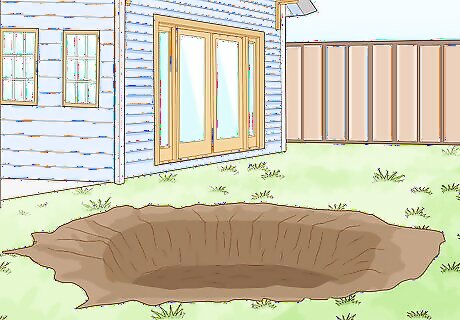
Use a spade or an excavator to dig the pond. Dig the pond according to your plan and measurements. Gently slope the edges of the pond down toward the center of the base. If you want to include aquatic plants, dig small terraces in the pond to create shelves where the plants can grow. The terraces look like small steps along the side of the pond. These provide a flat surface for the plants and you only need to dig these where you are planning to put the plants. An ideal size for each terrace is 1 by 1 ft (30 by 30 cm) and 8 in (20 cm) deep. You can hire a professional to use an excavator to dig the pond if you don't want to dig it by hand.
Adding Equipment, Accessories, and Landscaping
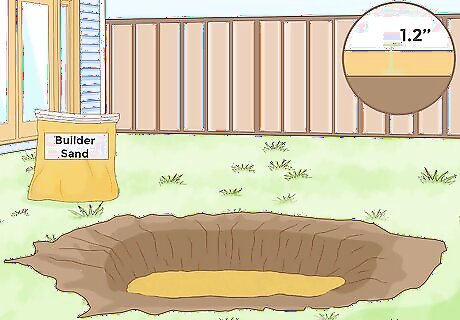
Spread a 1.2 in (3.0 cm) layer of sand over the base of the pond. Pour soft builder's sand into the pond and use a rake to spread it out. This helps to protect the pond liner from any sharp stones that may cause punctures. If you want an extra layer of protection, roll out a piece of old carpet over the layer of sand.
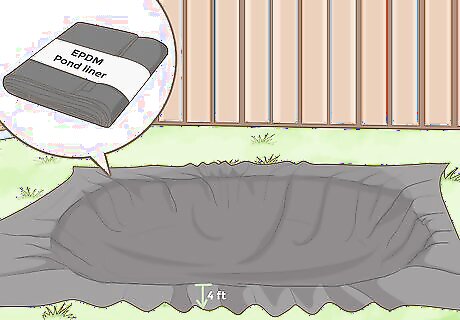
Install an EPDM pond liner that is at least 4 ft (1.2 m) larger than the pond. Purchase a liner that is the right size for your pond. Get a friend to help you to install the liner, as it is much easier with more than 1 person. Place the liner in the center of the pond and roll it out across the base, up the sides, and over the edge, making sure that it is neatly pressed into all of the crevices. Pond liners keep the water contained in the pond. These are made out of EPDM and polypropylene and are very weather resistant. Pond liners are heavy enough to remain in place and are unlikely to be moved by the wind. If you have concerns, use a few rocks or large stones to hold the liner in place. Make sure that the pond liner is rated as fish-safe if you are going to be placing fish in the pond.
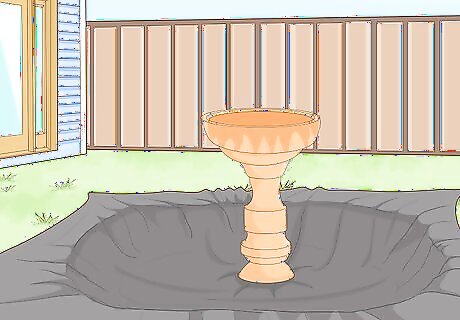
Add a water feature to help aerate the pond. Not only are water features such as fountains great for landscaping the pond, but they also help to keep fish and aquatic plants healthy. Purchase a water feature from your local gardening center or pond supply store, or build your own water fountain or waterfall into the pond.
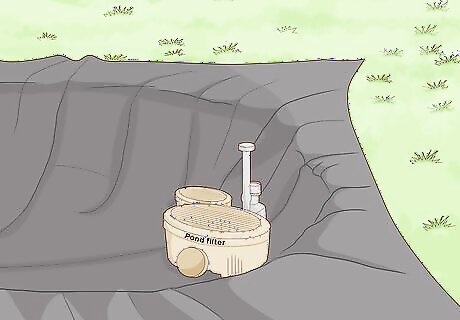
Install a pond filter if you plan to add fish. Purchase a pond filter that is the right size for your pond from a garden center or home improvement store. Follow the directions that come with the pond filter closely. Dig the filter box into the ground right next to the pond and connect it to a power outlet, before running the filter hoses into the pond. Pond filters keep the fish healthy, the water clean, and prevent bad odors. You can place plants around the filter box to keep it hidden if you prefer.
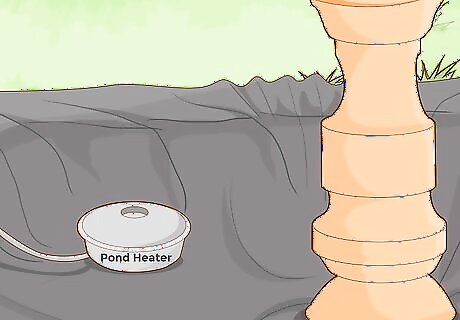
Add a pond heater if there will be fish in the pond. If you live in a location where the pond is likely to freeze over during winter, use a pond heater or a de-icer to prevent this from happening. This will prevent all of the water from freezing and will allow the fish to still get oxygen.
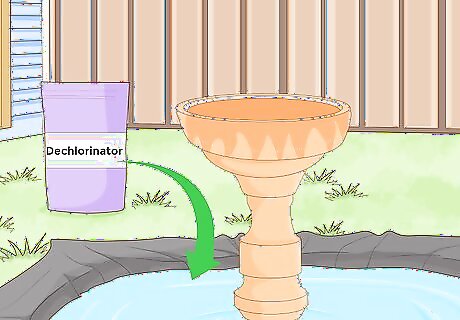
Fill the pond up with water. Use a garden hose to fill up the pond. If you find that the pond liner moves slightly as you are adding the water, get a friend to gently pull each side of the liner taut to keep it in place. Once the pond is filled with water, the liner won't move. If you are planning to have fish in your pond, add dechlorinator to the water to ensure that it will be safe for the fish.
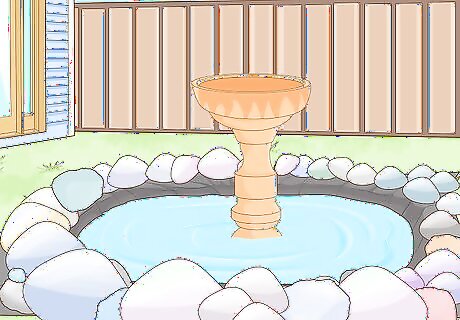
Create a border around the pond with rocks or stones. Cover the edge of the pond and all of the areas of the pond liner that are beyond the edge with rocks and stones. Ensure that a maximum of one-third of each rock is over the water's edge. This is where you can start to get creative and begin landscaping the area around the pond. Experiment with different designs and ways of stacking the rocks until they look just right. The rocks can be a range of different sizes and types. Some ponds are edged with large rocks that are over 3 ft (0.91 m) long, while other ponds use smaller rocks that are approximately 1 ft (0.30 m) long. EXPERT TIP Scott Johnson Scott Johnson Landscape & Design Consultant Scott Johnson is the Owner and Lead Design Consultant for Concrete Creations, Inc., an award-winning landscape and design company based in the San Diego, California metro area. He has over 30 years of experience in the pool and landscape construction industry and specializes in large estate outdoor environment construction projects. His work has been featured in San Diego Home & Garden Magazine and on Pool Kings TV Show. He earned a BS degree in Construction Management with an emphasis in Architecture and CAD design from Northern Arizona University. Scott Johnson Scott Johnson Landscape & Design Consultant Our Expert Agrees: When you're adding rocks to your pond, it will look more natural if you use a variety of sizes. For instance, rather than just bringing in one size of boulder, you would bring in sizes ranging from 6 inches upward, depending on the size of the pond. Then, add plants between the boulders for an attractive, natural look.
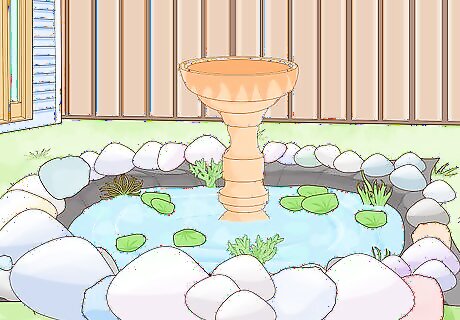
Add plants and fish to the pond. Choose the vegetation that you would like to have in your pond environment. Plant these in the pond and around the rocks. Add fish if you prefer and watch your pond come to life! Cattail, lotus, iris, and water hyacinth are all ideal pond plants. Good options for plants to place around the pond include cow parsley, yarrow, and teasel. Goldfish, koi, trout, and tilapia all do well in backyard ponds.



















Comments
0 comment